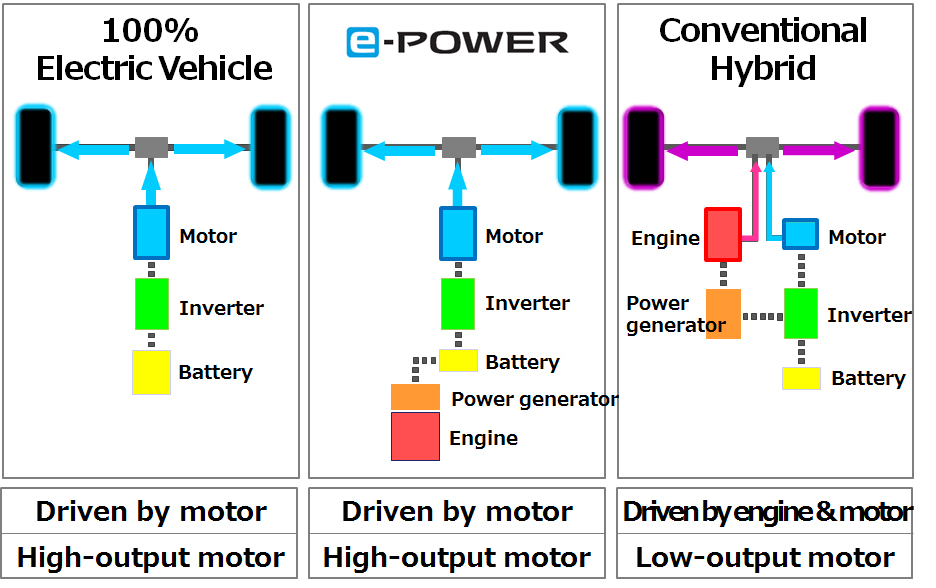I was having dinner at IOI City Mall, Putrajaya recently and this baby on display. The tenth-generation Honda Civic FC was not the only model on display, but its sporty proportion had won over this writer's immediate attention.
The car is available in three trim levels: (1) 1.8S, (2) 1.5TC (turbo) and (3) 1.5TC-P (turbo Premium). The latter was the model on display, identifiable from the LED headlights, LED front fog lights and chrome door handle. The base 1.8S and 1.5TC will make do with halogen headlights, halogen front fog lights and body-coloured door handle.
Step inside, you will notice the change in dashboard styling from the previous generation Civic FB. Gone is the overhead digital speedometer, now integrated with the central tachometer.
Leather seat is standard on the 1.5TC and 1.5TC-P variants. The base 1.8S will instead have fabric seat.
Opt for the 1.5TC-P, dual automatic climate control and Navigation are standard fitment. The 1.8S and 1.5TC will make do with single automatic climate control and without Navigation.
The coolest features available in all variants have got to be the Remote Engine Start and Walk Away Auto Lock. The Remote Engine Start allows you to start the engine from afar, handy in dealing with Malaysia's tropical weather by turning on the air-conditioning to cool the cabin before you step inside the car. The Walk Away Auto Lock will automatically lock the car as you walk away from it, ensuring you will never forget to lock your car ever again.
Now onto the juicy bits: the powertrain. The 1.8S will be powered by the 1.8 litre naturally aspirated SOHC 4 cylinder, putting down 141 PS at 6500 rpm and 174 Nm at 4300 rpm to the front wheels.
The 1.5TC and 1.5TC-P will have the more potent 1.5 litre VTEC turbo DOHC 4 cylinder with mouth-watering 173 PS at 5500 rpm and 220 Nm from 1700-5500 rpm channeled to the front wheels.
All engine variants will be linked to the Continuously Variable Transmission (CVT) with paddle shifter (not available on the 1.8S). Electric Power Steering, Electronic Parking Brake and disc brakes all-round are standard on all variants.
To the rolling bits, the 1.8S rides on 16" alloy wheels, rolling on 215/55R16 tyres. The 1.5TC and 1.5TC-P will ride on 17" alloy wheels, rolling on 215/50R17 tyres.
Safety features standard on all variants include:
- Airbags (dual front, side and curtain).
- ISOFIX rear child seat anchor.
- Vehicle Stability Assist (VSA).
- Anti-lock Braking System (ABS).
- Electronic Brake Distribution (EBD).
- Auto Brake Hold (ABH).
- Brake Assist (BA).
- Hill Start Assist (HSA).
- Emergency Stop Signal (ESS).
- Multi-angle reverse camera.
- Immobiliser.
- Ultrasonic and tilt sensor.
Pricing is as follow (Standard Colour):
- 1.8S: RM110,426.51 (OTR without insurance inclusive 6% GST).
- 1.5TC: RM124,076.29 (OTR without insurance inclusive 6% GST).
- 1.5TC-P: RM131,883.37 (OTR without insurance including 6% GST).
Pricing for White Orchid Pearl colour option:
- 1.8S: RM110,726.51 (OTR without insurance inclusive 6% GST).
- 1.5TC: RM124,376.29 (OTR without insurance inclusive 6% GST).
- 1.5TC-P: RM132,155.81 (OTR without insurance inclusive 6% GST).













